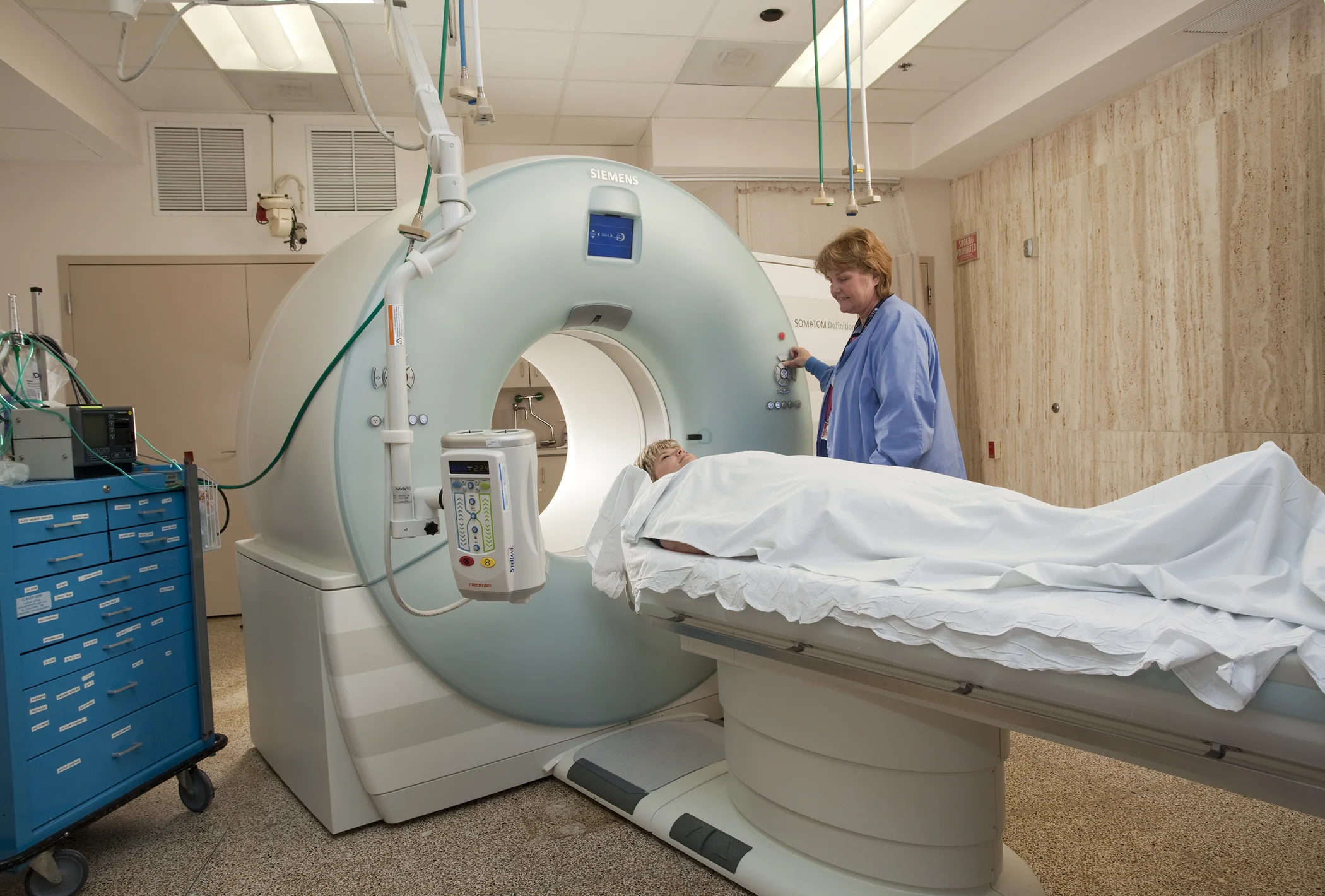Bone Scans and CT Scans for Prostate Cancer Patients
/As we talk more about early prostate cancer screening this month, it’s helpful to understand more about the diagnostic process. Following the detection of an elevated PSA level, patients typically move on to a prostate biopsy. Once the biopsy confirms the presence of prostate cancer, a doctor must then determine the extent of the cancer. Is it localized in the prostate or has it spread to other areas of the body? If it hasn’t yet spread, how high-risk is the cancer? Is it likely to spread?
Using the Gleason grading system, doctors use biopsy results to score the differences in a patient’s prostate cell patterning compared to that of a cancer-free prostate. The score is meant to indicate how likely the cancer is to grow or spread: 2-6, not very likely; 7, moderate; and 8-10, highly likely.
Recently, much news has been made of how doctors choose to use bone scans and CT scans as the next step in evaluating prostate cancer in a patient. The American Urological Association (AUA) guidelines indicate that only high-risk prostate cancer patients should go on to have bone or CT scans; however, this is not always the case. Studies indicate a fairly high incidence of scans even for patients whose risk is low to moderate.
From 2004-2005, researchers examined U.S. Medicare prostate cancer patients to compare CT scan usage relative to prostate cancer risk. Surprisingly, roughly 30% of low-risk patients and close to 50% of moderate-risk received scans. I believe this is due, in part, to the fact that we as prostate cancer specialists, are eager to learn as much as we can about a patient’s health and the state of their cancer. Over-testing can occur during the course of a prostate cancer patient’s care. The guidelines set forth by the AUA are very important; they’re in place primarily to help manage healthcare expenses and mitigate patient overexposure to radiation. Though, equally important is the need to treat each patient individually. Perhaps more surprising about this study is the fact that approximately 40% of high-risk patients did not receive CT scans. The reason for this is not disclosed in the findings.
What we’re also learning about the use of scans in prostate cancer patients is that, like treatment techniques and expertise, testing varies greatly from one doctor to another. In 2009, a second study looked at 150 urologists across four states to determine how the guidelines and information from colleagues might affect the use of scans in prostate cancer patients. Of the 858 patients, 31% received bone scans and 28% had CT scans. The study saw significant drops in these numbers after the doctors were reminded of industry guidelines, and again after sharing scan results across physicians. It stands to reason that the more collaboration and information in the prostate cancer arena, the better the patient care. In my mind, Prostate Cancer Awareness month is as much about educating the community as it is about getting the experts talking to each other.
The more I can learn about a patient’s prostate cancer, the better I can treat it. PSA and DRE screening, biopsies and Gleason scores are all part of our prostate cancer arsenal. And, when needed, bone scans and CT scans are vital, as well. I am confident that testing procedures and screening tools will continue to improve and our evaluation methods will continue to be enhanced. The fact remains, however, that until I see the prostate cancer first-hand, during a robotic prostatectomy, I cannot exactly determine its extent. No one can. That is why I continue to recommend that men with localized prostate cancer move forward with a radical, robotic prostatectomy.

